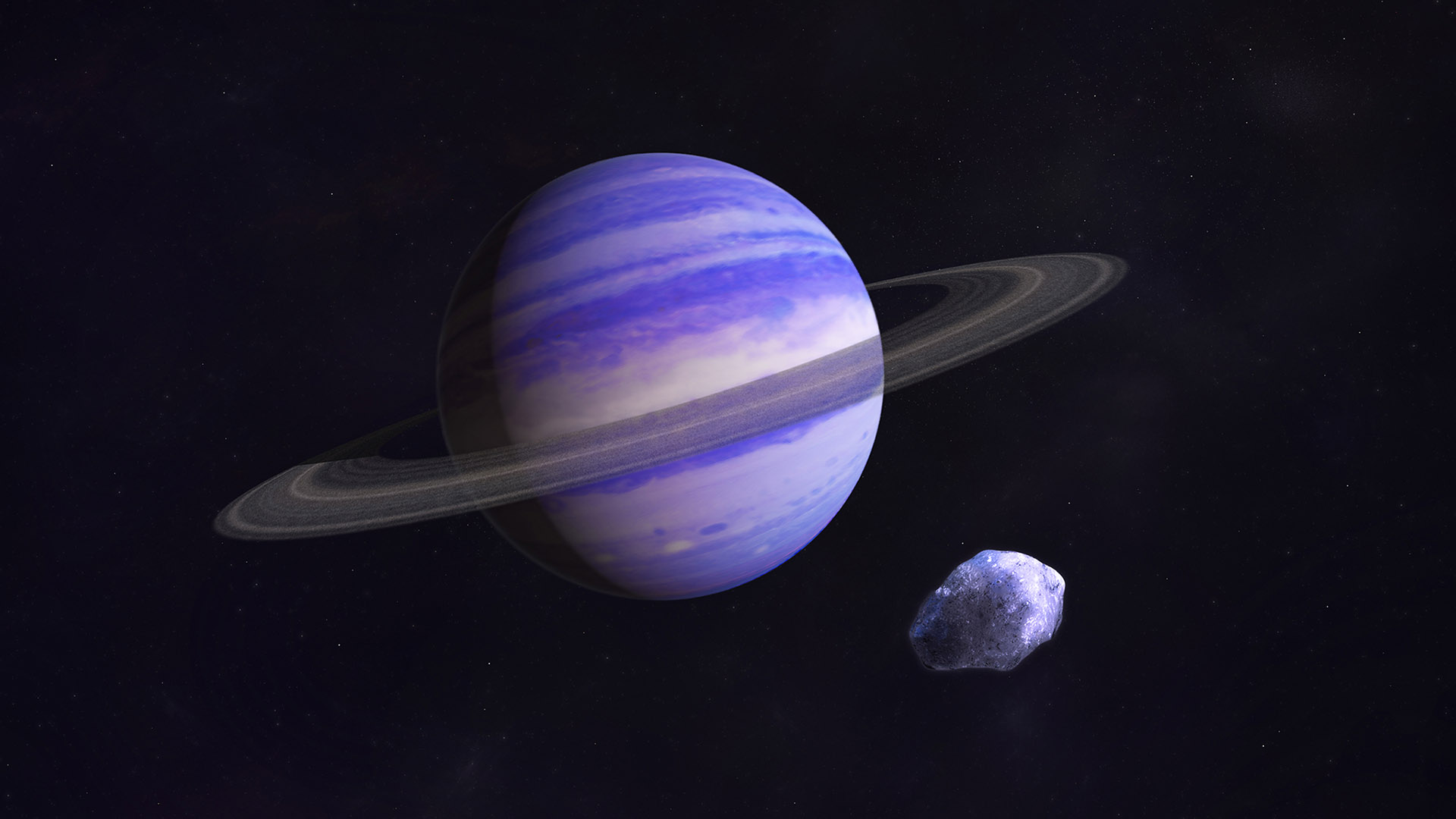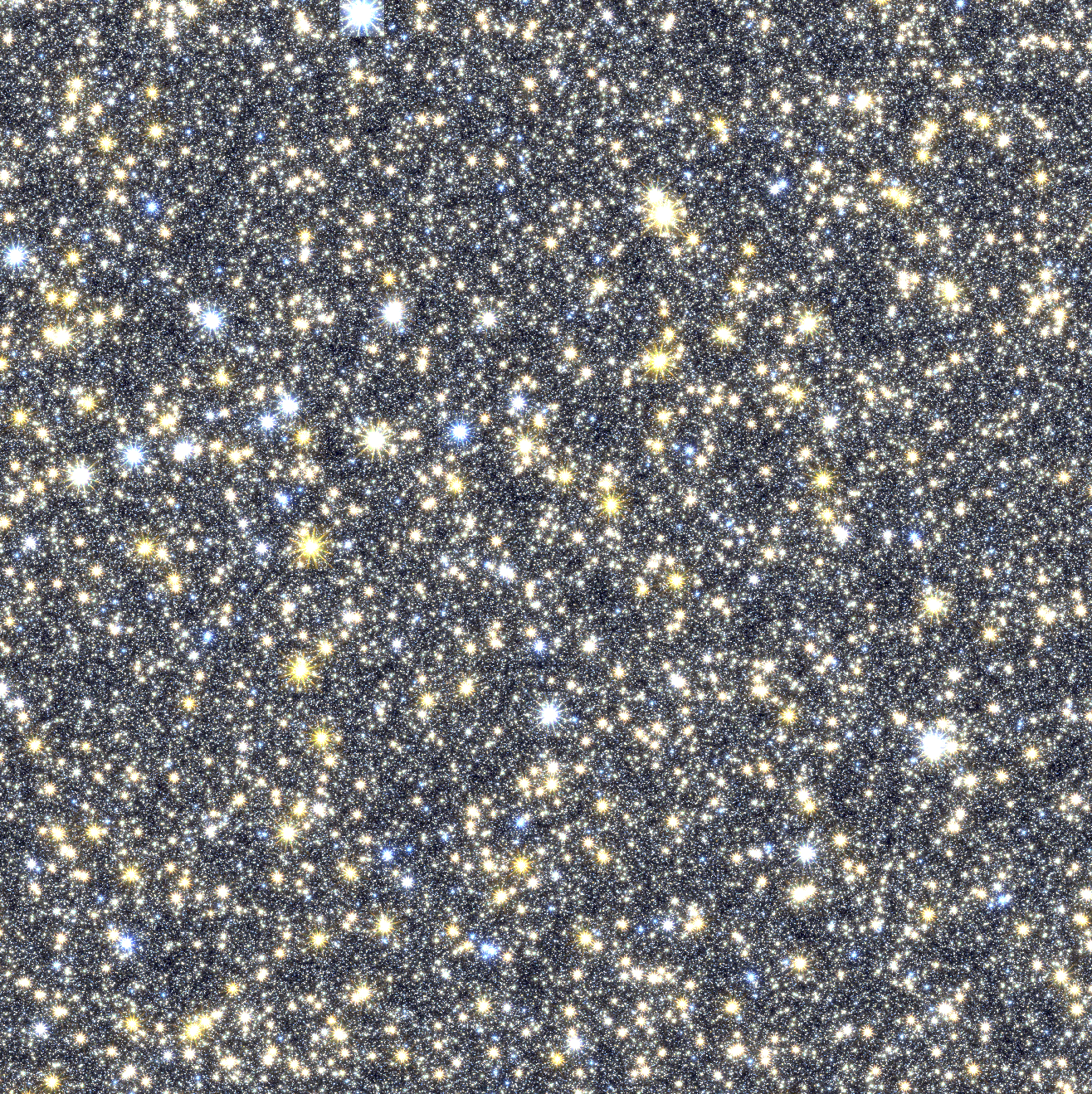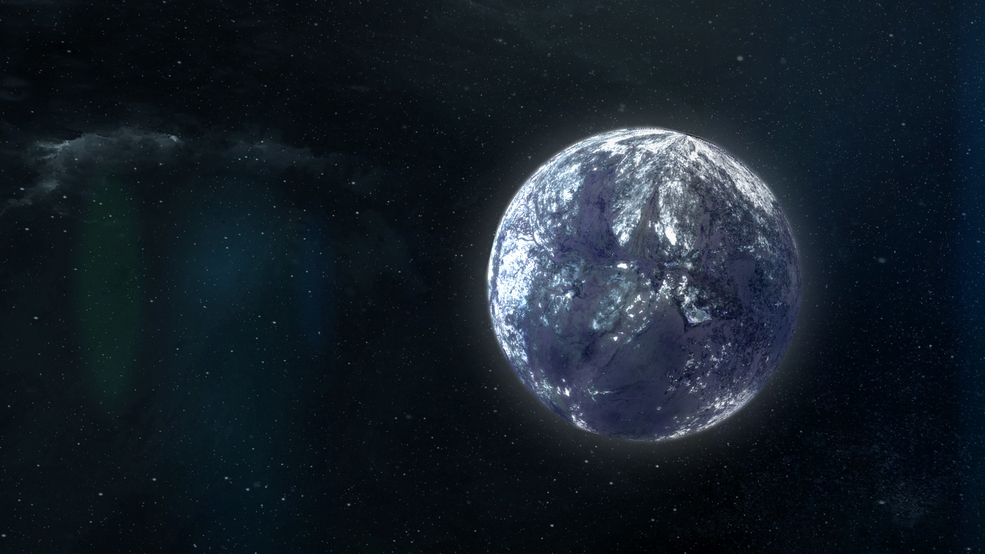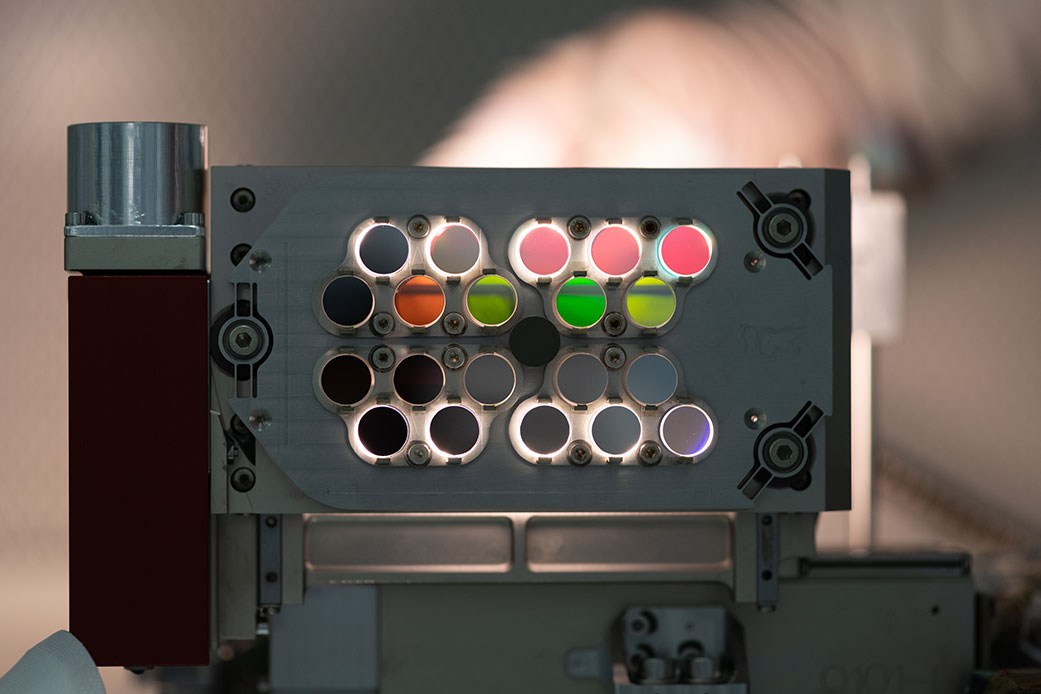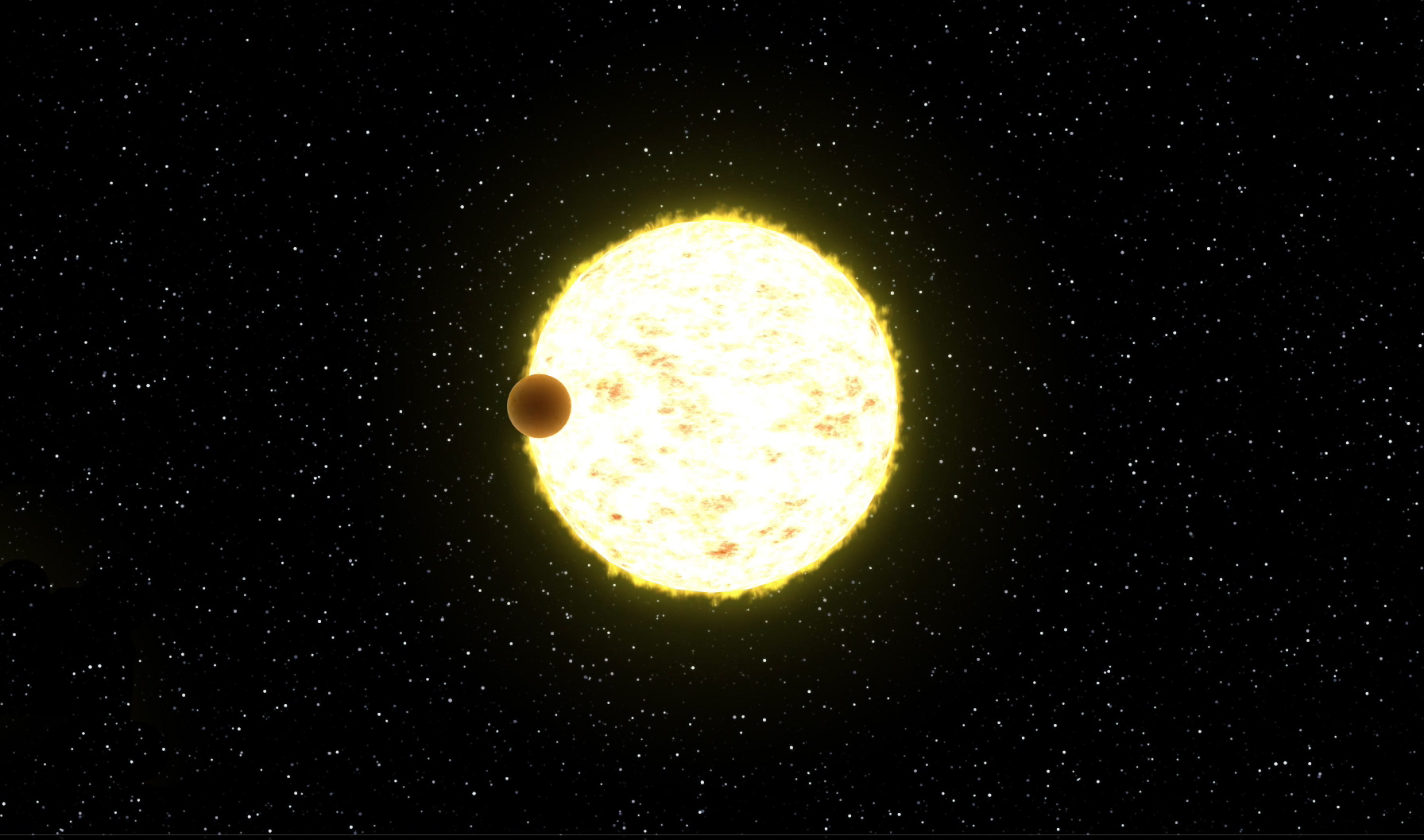Most of the exoplanets detected so far seem wild and exotic compared to the worlds in our solar system. Astronomers are eager to find habitable, Earth-like planets.
But finding relatively small, dim bodies orbiting large, bright stars is tricky. Astronomers have used the transit detection method to find most of the known exoplanets, relying on serendipity to spot planets crossing in front of their stars. Roman will find around 100,000 planets using this technique, but it will primarily use a planet-hunting method called microlensing.
Wrinkles in Space-time
By spotting transits, astronomers have amassed an exciting but incomplete cache of worlds. This technique is best at finding planets smaller than Neptune with orbits much smaller than Mercury’s. For a solar system like our own, transit studies could miss every planet.
Microlensing is best suited to finding worlds from the habitable zone of their star and farther out. This includes ice giants, like Uranus and Neptune in our solar system, and even rogue planets — worlds freely roaming the galaxy unbound to any stars. Roman’s microlensing observations will help us find analogs to nearly every planet in our solar system.
Microlensing events, occur when an object such as a star or planet comes into near-perfect alignment with an unrelated background star from our viewpoint. Because anything with mass warps the fabric of space-time, light from the distant star bends around the nearer object as it passes close by. The nearer object therefore acts as a natural magnifying glass, creating a temporary spike in the brightness of the background star’s light. That signal lets astronomers know there’s an intervening object, even if they can’t see it directly.
So far, microlensing has only revealed about 2 percent of known exoplanets because the signals are so difficult to detect. Telescopes on the ground have to peer through Earth’s hazy atmosphere, which makes high-resolution microlensing observations difficult or impossible. The signals are so rare and short-lived, lasting between a few hours and a couple of days, that it’s even difficult for space-based telescopes to spot them.
Roman will survey the crowded central region of our galaxy, using its wide, deep view to monitor the light from hundreds of millions of stars. The mission will likely set a new record for the farthest-known exoplanet, offering a glimpse of a different galactic neighborhood that could be home to worlds quite unlike those that are currently known. And finding worlds with a wide range of masses and orbital distances will help complete a census of the worlds that grace our galaxy.
Direct Imaging
Exoplanets are so dim and distant that they’re practically invisible, even to powerful telescopes. That’s why nearly all of the planets we’ve discovered so far have been found indirectly, thanks to the effect they have on their host star. However, relatively recent advancements in technology allow astronomers to take real images of exoplanets.
Planets are billions of times dimmer than their host stars, so they’re usually lost in the glare. But by blocking the star’s light using a coronagraph or starshade, astronomers can image fainter planets in orbit. This technique works best for nearby planetary systems, whose planets will be especially bright.
Roman will be equipped with a Coronagraph Instrument to demonstrate the technology photograph worlds and dusty disks around nearby stars with detail up to a thousand times better than possible with other observatories.
While Roman is primarily an infrared telescope, it will be able to image worlds in visible light using the Coronagraph Instrument. Doing so from space will help astronomers see smaller, older, and colder planets than direct imaging usually reveals, bringing us a giant leap closer to imaging planets like Earth by photographing Jupiter analogs.
Microlensing
Roman will monitor 200 million stars toward the center of our galaxy. Astronomers expect the survey to reveal more than a thousand planets in the habitable zone of their stars and farther out, thanks to the light-bending effects of massive objects.
Read More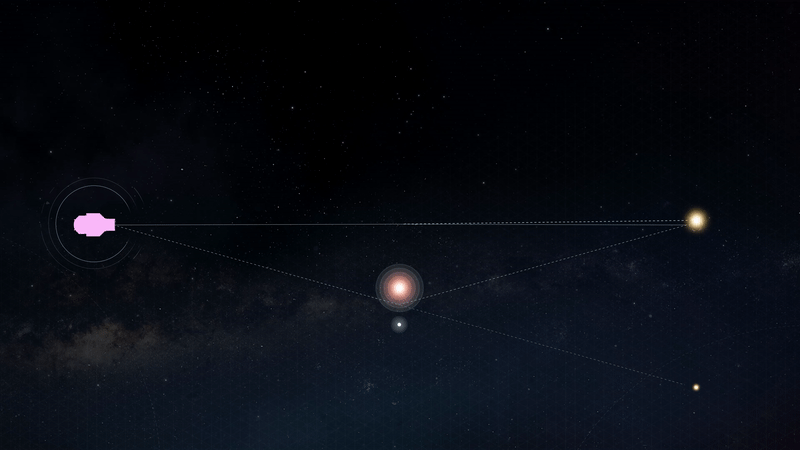
Direct Imaging
Roman will demonstrate direct imaging technology by observing worlds that are Jupiter’s size circling Sun-like stars, and imaging planets that are up to several billion years old – something that has never been done before. These results will pave the way for future missions to study worlds that are even more Earth-like.
Read More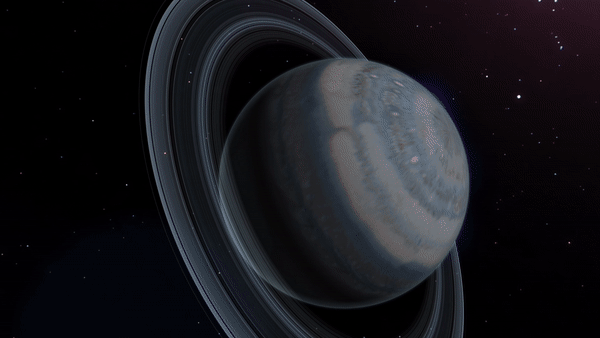
Transit Method
Since Roman will be tracking the amount of light coming from distant stars over time, astronomers expect it to also reveal as many as 100,000 transiting planets. These worlds dim the light of their host stars when they cross in front of them.
Read More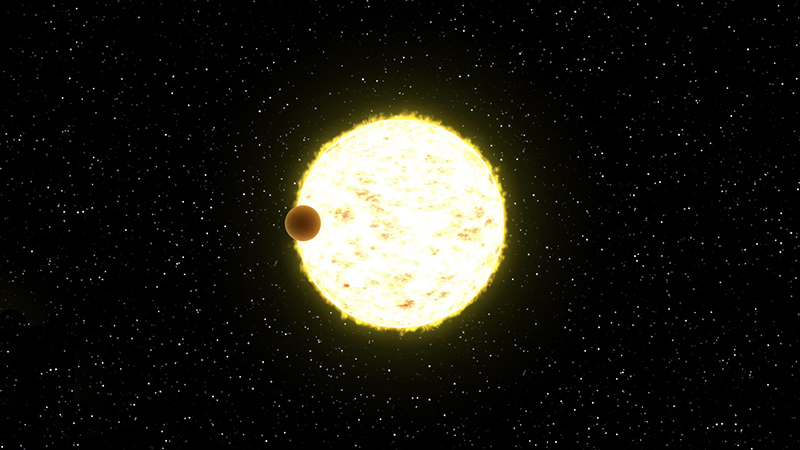
NASA Exoplanet Exploration
Finding potential life-bearing worlds among the stars is NASA's next big challenge. Join the journey to search for planets beyond our solar system.
Learn More

